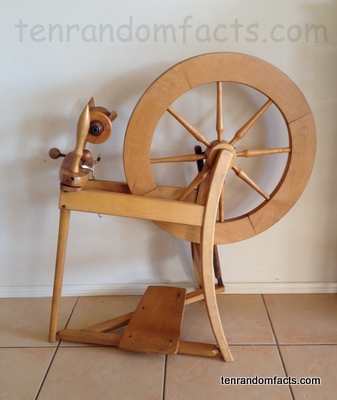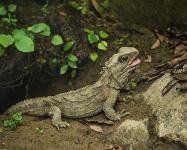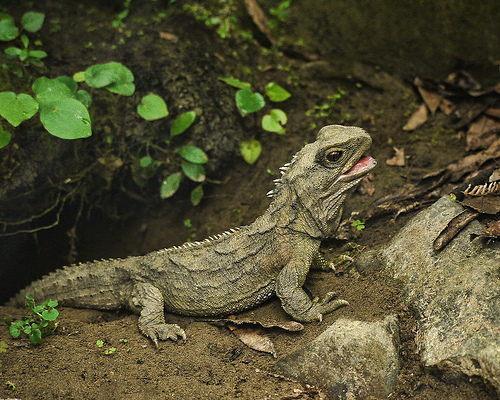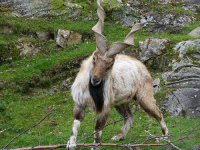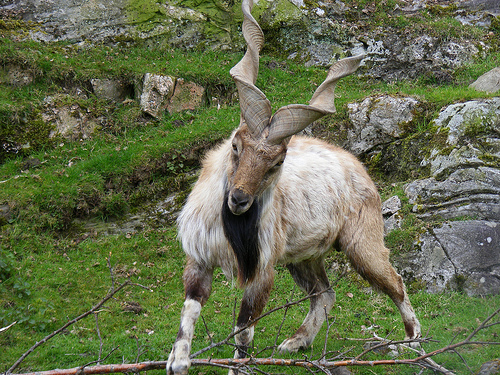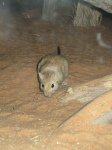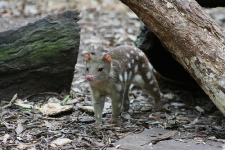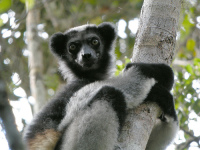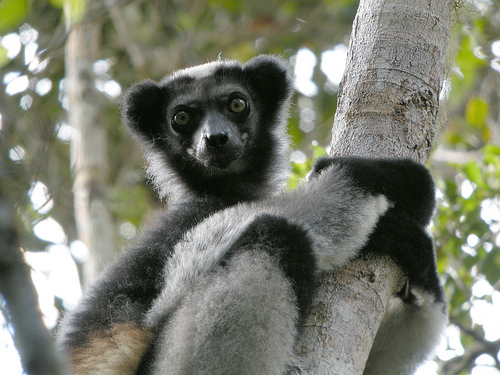
Spinning wheels may be old but still are interesting!
- Spinning wheels are machines used to spin yarn or other fibres, that were invented to replace the spindle and distaff hand spinning.
- Illustrations of spinning wheels have originated as far back as 1035, in Asia, while pictures of the machines emerged in the 1200s in Europe, China and Iraq.
- Notable versions of spinning wheels include the Charkha, among the oldest machines and they have a wheel moved by hand; the ‘great wheel’, often larger and also with a wheel moved by hand; and the treadle wheel, that has a foot peddle that spins the wheel.
- Spinning wheels are depicted in numerous art and literature forms, including fairy tales such as Sleeping Beauty and Rumplestiltskin.
- Spinning wheels were invented by the Chinese, and led to increased production of yarn that positively effected many industries including sail making and paper making.
- The spinning Jenny was invented in 1764 and replaced the spinning wheel, due to increased efficiency, as it was able to spin multiple threads at once.
- Spinning wheels can be run by electrical energy, and these machines are usually powered by an electric motor.
- To produce yarn using a spinning wheel, the fibre is attached to a bobbin that is connected to the machine, and the yarn is fed and guided by the hand while it twists, as the wheel spins.
- Spinning wheels are traditionally made of wood, but can also be constructed from metal.
- Spinning wheels have been superseded by modern technology, however they are still used by home hobbyists who prefer to spin their own fibre.
Bibliography:
100 years of Spinning Wheels, 2014, Wild Fibres, http://www.wildfibres.co.uk/html/spinning_wheels_history.html
Spinning Wheel, 2014, Wikipedia, http://en.wikipedia.org/wiki/Spinning_wheel





